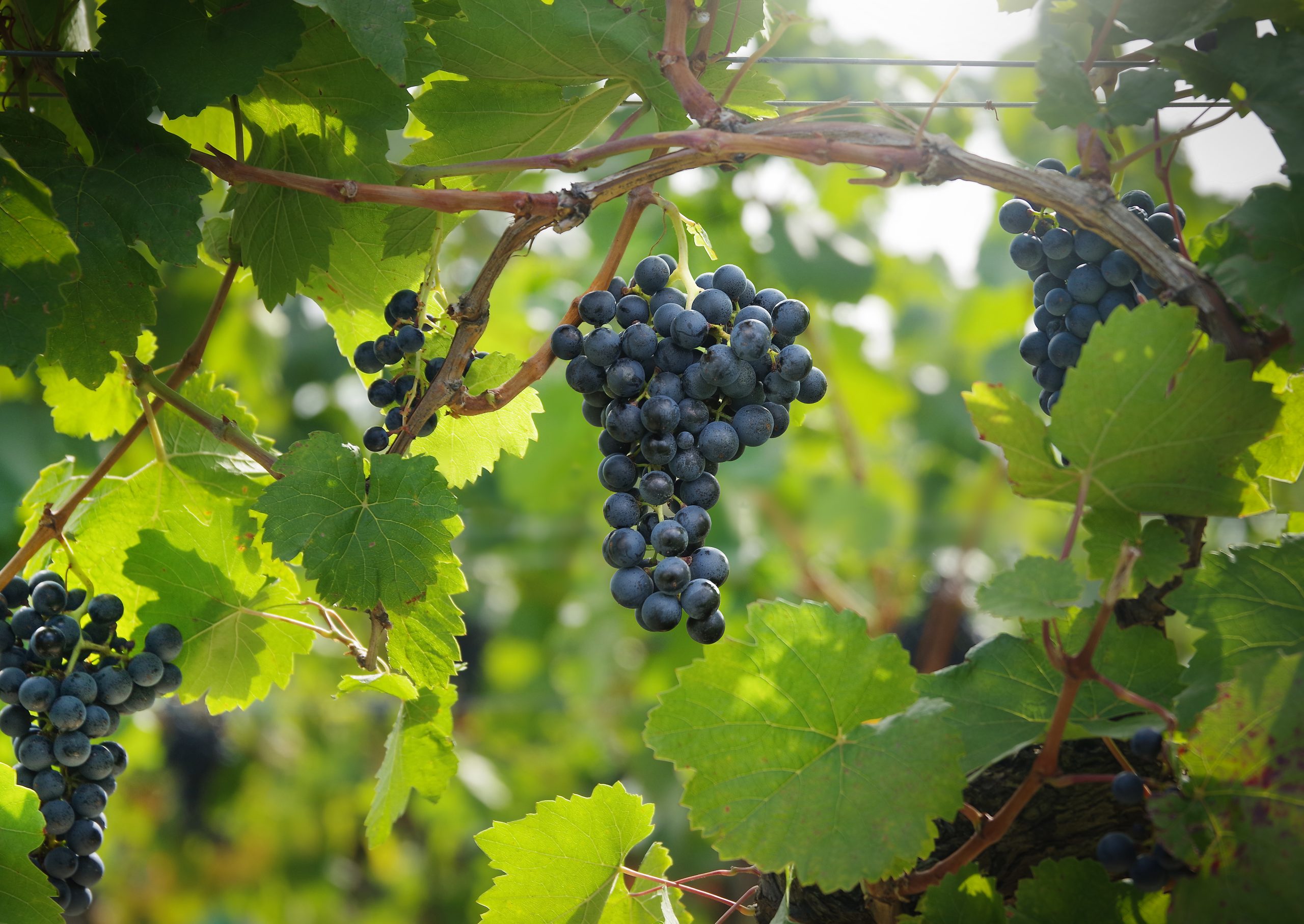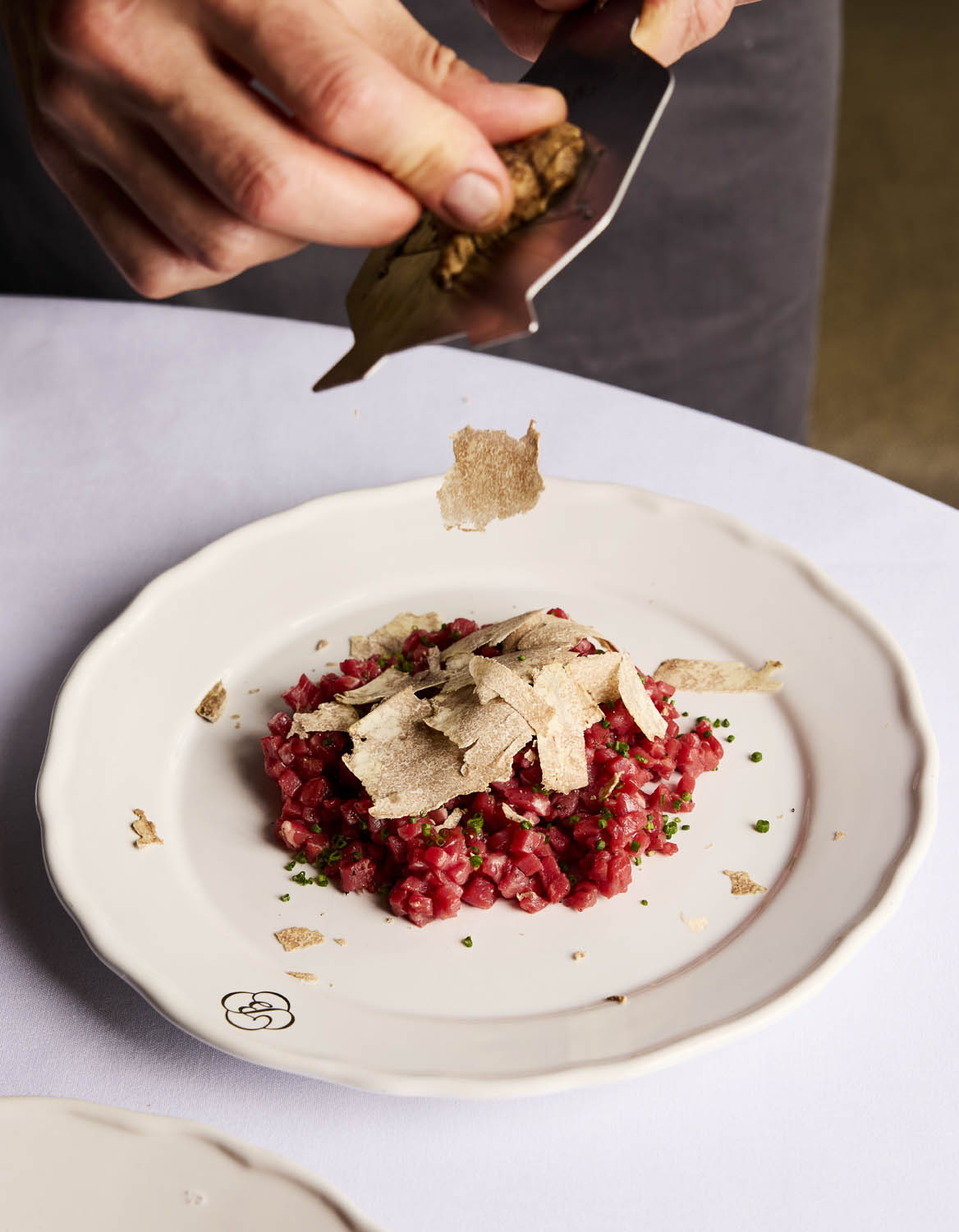Hallgarten on duty: ‘a material impact across our entire portfolio’
The looming end of the wine duty easement on 1 February will mark a pivotal moment for the UK wine trade. Industry stalwart, Andrew Bewes, MD of Hallgarten & Novum Wines spoke to James Bayley about the impending changes to alcohol tax.

For years, a flat duty rate on wines between 11.5% and 14.5% ABV offered simplicity, but it will soon give way to a complex system of up to 30 duty rates, tied directly to alcohol strength. This overhaul, combined with a 3.65% increase in alcohol duty, heralds an era of tighter margins and shifting strategies. Higher-ABV wines face the steepest challenges, with duty on a 14.5% ABV bottle rising from £2.67 to £3.21.
Hallgarten & Novum Wines, a key player in the UK’s wine import sector, has approached these changes with a mix of pragmatism and foresight. Andrew Bewes (pictured), MD, acknowledged the profound implications, particularly for their diverse portfolio. “The 3.65% increase in the rate of duty combined with the end-of-duty easement for wines between 11.5% and 14.5% will have a material impact across our entire portfolio, and therefore upon the wine selection of our trade customers,” he told db. Wines with higher alcohol content, such as fuller-bodied reds, are set to rise significantly in cost.
An industry in transition
Announced during the Autumn Budget, the changes have prompted both frustration and adaptation within the sector. To mitigate the challenges, Hallgarten has spent the past year adjusting its approach.
“For the past 12 months, we have been expanding our portfolio to ensure that we have wines to offer to all sectors of the market, at all price points,” Bewes said. “We have also been working with our producers to reduce the ABV wherever possible with the absolute proviso that quality and style are not adversely affected,” he added.
Partner Content
Maintaining value for customers remains at the heart of Hallgarten’s response. As Bewes pointed out, lower-ABV wines offer a potential advantage in this new regime. “If there are two wines on a wine list at the same price, one at 12.5% ABV and the other at 14.5%, then it would be safe to assume that the wine at 12.5% ABV offers greater value,” he said, as a smaller proportion of the cost goes toward duty.
To ensure that trade partners can weather these changes, Hallgarten has taken a holistic approach to communication. Email updates, social media resources and internal training sessions for the sales team have been rolled out to explain the complexities of the new system. Further, their Annual Tasting event later this month will provide a key opportunity for one-on-one discussions with customers, ensuring that businesses are well-equipped to navigate the transition.
Flexibility as a cornerstone
Hallgarten’s extensive portfolio allows for considerable flexibility. As Bewes observed, while some wines may no longer fit certain budgets, there will always be alternatives. “So, if our restaurant customer currently has a choice of 20 wines from us which could sell at between £36 and £40 on their wine list, they will still have 20 wines post-February 1st, but they will largely be different wines to the 20 currently on offer. Some will be completely new to our portfolio, others will have been selling at under £36 before the duty rise,” he explained. “Whilst the increase in price of Wine ‘A’ might be unworkable for an existing customer, we will always have a Wine ‘B’ to offer which can fill that slot,” he assured. For restaurant customers, this means their wine lists can remain diverse and appealing, albeit with adjustments to the specific bottles offered.
The broader implications for the industry are significant. Describing the changes as “a huge setback for the wine industry and the sectors it serves,” Bewes’s words resonate across a trade already grappling with inflationary pressures and post-Brexit complexities. Yet Hallgarten’s response demonstrates a measured optimism, driven by preparation and adaptability.
Ultimately, while the end of the easement and the rise in duties may alter which wines are poured, Hallgarten’s commitment to quality, diversity and customer support ensures that the experience of the wine itself remains as satisfying as ever.
Related news
'Rare buying opportunities' as fine wine prices hit a five-year floor




